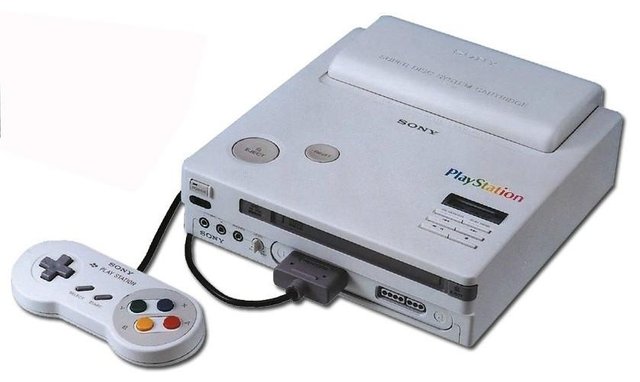the unfavorable story of the PlayStation SNES address begins towards the end of the 80s. around this time Sony is working with Dutch Philips industry in CD-ROM format. CDs do not need to be introduced at this time on the contrary when their ability to put data in the number of great is a wangsit for the gaming industry who move with the restraints of cartridges. Nintendo is not the first to tell the interest despite being by far the biggest gaming company out there.
Sony had its initial form with a giant based in Kyoto, adding that both have previously worked together for Nintendo's first revolutionary tone chip, SPC-700. the idea of engineer Ken Kutaragi - the man who would eventually get the title of "Father of PlayStation" - this chip hands over a 16-bit console that crushes the part with multiple audio on CD quality.
to set the short scene better, it's good to tell again the country's stretch in the early 90's. Cartridges are the dominant shipping tricks for game consoles, while they are expensive to produce and limited by the amount of data they can afford to put aside. The biggest game is just using the 48Mbit (6MB) cartridge, and the higher the discharge the more expensive the game is on the production. it is not surprising that device manufacturers pierced the wounded and game announcers in awe to look for other solutions and the CD looks a little petite cheaper against the manufactured and could save many times more news to 700MB) than the original CD cartridge was first used as an interactive entertainment storage medium in the ' an.
In the arena of the game, it was the Japanese company NEC who first launched there with a computer Engine CD-ROM add-on for 1988. Sega can follow with Mega CD a few years after that and Nintendo - do not want to sleep at noon - money to raise the CD-based self-inflicted device. the earliest early artist impressions of Sony's design CD-ROM since it began appearing in magazines almost immediately after SNES hit the shelves of Japanese outlets for the late 1990s. The specs are very impressive, and that would put the 16-bit union console that lies ahead of closest rivals, Sega Mega Drive. However, the braid of Sony and Nintendo is very difficult since the first with no company who want to memasiatkan domination on the other.
On the one hand is Nintendo and his famous thirst-powered boss Hiroshi Yamauchi - people who have a short-lived interest in video games beyond their potential to make money and who spontaneously switched the company since the toy maker became a global game giant. On the other hand is Sony, one of Japan's most renowned partners and an industry that has gained a universal reputation for water stereo blessing stereo Television, and the ultra-iconic Walkman. Nintendo will get the majesty of Sony's majors with CD-ROM technology, while Sony can gain a valuable footing in the airline that has so far ignored it. The problem is the industry does not pass flexibly to make this arrangement work.

It's Not Whether You Get Knocked Down, It's Whether You Get Up
Downvoting a post can decrease pending rewards and make it less visible. Common reasons:
Submit